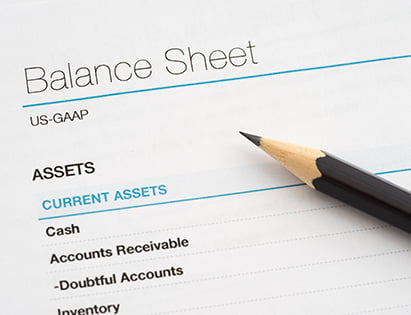There are other options if bad debt protection is not what a company needs. Trade credit insurance is the best option for bad debt protection. It provides coverage for customers who are late paying under a variety of circumstances.
Trade credit insurance is the best because it provides intelligence and credit data to assist companies in improving their credit management and decision-making. This insurance is designed to protect against bad debt. The trade-credit policy covers any loss that occurs even though the company and the insurance company have taken steps to reduce losses.
Bad debt protection does not cover “losses due to customer insolvency.” Trade credit insurance covers “protracted default,” which refers to when a solvent business is late paying its bills or fails. A specialty trade-credit insurance provider can tailor a policy for many other scenarios, such as:
Invoices not paid as a result of a natural disaster
Unpaid invoices due to political risk, for example, when doing business abroad
Some losses result from problems before the goods are shipped. This could include custom-produced goods that can’t be sold to another client.
Losses that occur after shipment by a third party contract
Selling consignment terms can result in losses
Trade credit insurance can protect your business from bad debts
Bad debt expense can harm a company’s long-term performance. However, there are ways to reduce this expense and manage bad debt-related risks. Trade credit insurance covers a variety of bad debt-related losses and provides support for businesses to better manage their accounts and credit.
How to set up your enterprise risk management system
Understanding the risks that your organization faces concerning the key components or drivers of your business strategy is the first step towards creating an efficient process.
Analyze all aspects of your company’s business. Which external and internal events could hinder or derail them all? Are there systems and processes in place for managing these risks? What are the chances of these risks occurring?
Here are some steps you can take to start managing your business risk.
- Examine the external and internal factors that affect your goals to identify potential risks
- Analyzing risks by calibrating the results for each risk
- Responding to the risk by adopting a strategy to reduce the risk
Monitor risk and opportunities by continuously measuring and documenting risks and opportunities in your sector, as well as financial risks to your business and your risk management protocols.
Incorporate accountability into your enterprise risk management. To oversee the business risk management responsibilities, a manager should be appointed. A risk management committee might be formed with members who are responsible for specific tasks.
Are you able to minimize risks?
Today’s technology-driven climate change has made it more difficult to predict and manage risks. Some of these risks can be mitigated by expert consultation and planning. Fire, product liability, and embezzlement are just a few of the many risks that can be insurable.
As specialists in credit risk management and risk monitoring, Niche Trade Credit offer protection to companies against credit risks and risks associated with “green” transactions. We also provide predictive protection through trade credit insurance.
Prevention is the best form of insurance. You can reduce many risks in your business, including financial ones, by training your employees and conducting background checks on customers, partners, and employees. Safety checks, equipment maintenance, and the maintenance of your physical premises are all possible.
If you are responsible for monitoring financial risks within your business, consider embedding experts in your organization to work with line managers whose activities generate new ideas, innovation, and risks. Profits can also be achieved if all goes well.
Enterprise risk management is a company-wide effort. However, multiple studies have shown that people underestimate their ability to affect events. Many of these events are heavily determined by chance.




